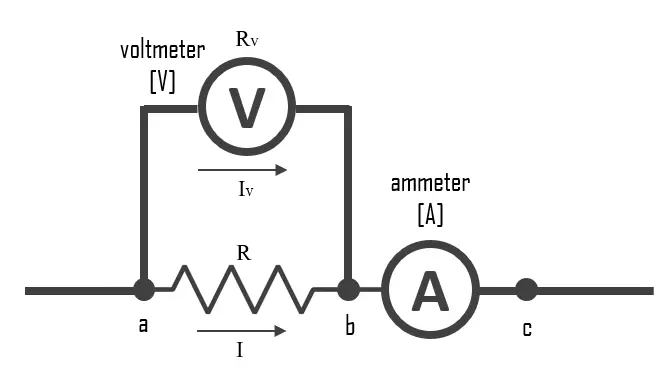The purpose of a resistor in a circuit is to control the flow of electric current, ensuring the proper functioning of other components.
Introduction
Resistors are fundamental components in electronic circuits that play a crucial role in controlling the flow of electric current. This article will explore the purpose of a resistor in a circuit and its various applications.
Function of a Resistor
A resistor is a passive electronic component that opposes the flow of electric current, thereby regulating the amount of current passing through a circuit. The opposition provided by a resistor is called electrical resistance, which is measured in ohms (Ω). The primary function of a resistor is to control the flow of current to ensure the proper functioning of other components in the circuit.
Applications of Resistors
Resistors have a wide range of applications in electronic circuits, some of which are outlined below:
Types of Resistors
Resistors are available in various types and designs to cater to different requirements. The most common types of resistors include:
Conclusion
The primary purpose of a resistor in a circuit is to control the flow of electric current, ensuring the proper functioning of other components. With various applications and types, resistors play a crucial role in the design and operation of electronic circuits.




